This is Not a Writing!
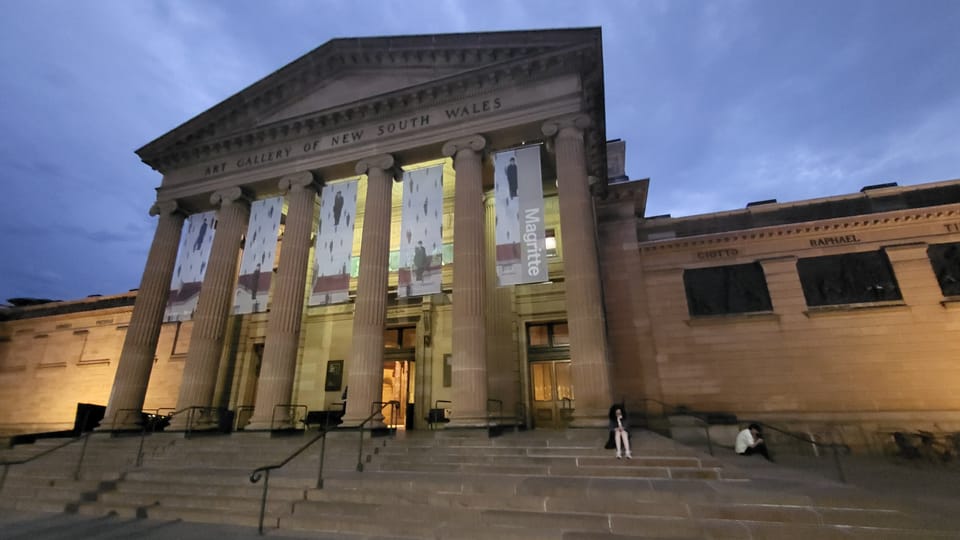
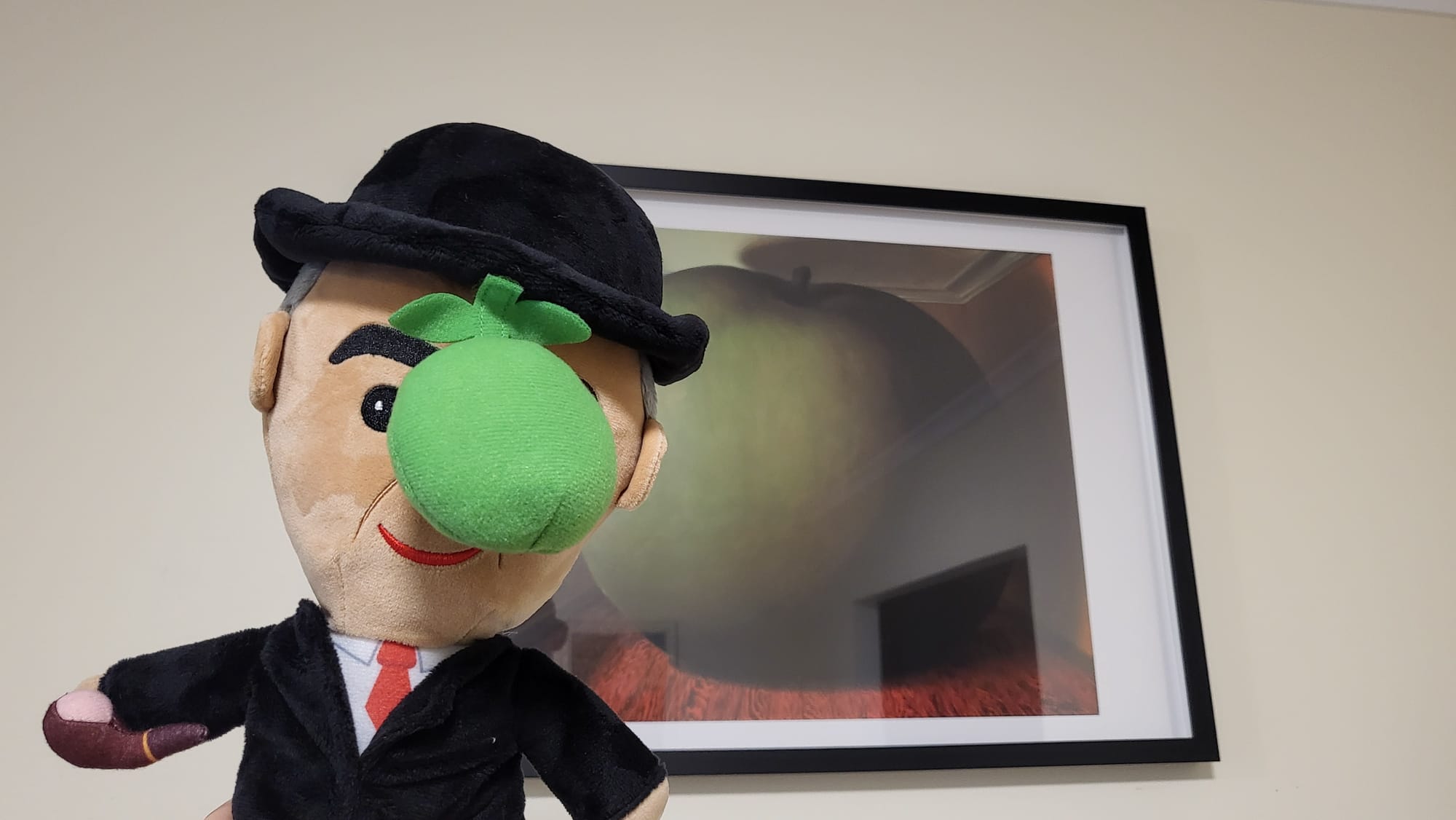
Throughout my artistic career of sprinting from one side of the exhibition to the other, I’ve always noticed that no matter how sharp one’s mind or eyes are, one can never decipher an artwork, let alone an exhibition, in one visit. One has to constantly revisit the artworks, as they gain understanding from their past visits, forming a larger structure: the full components of a painting’s meaning.
Nowadays, I embed this in my mind as I enter an exhibition for the first time. The same went for the Magritte exhibition. Each painting I walked past radiated with curious activity, encouraging me to ponder on their meanings, unattachable. Even after I had published my Magritte writing and the exhibition had ended, the images of Magritte’s artworks were still implanted in my brain. One work I shall never forget is the treachery of images: This is Still Not a Pipe.
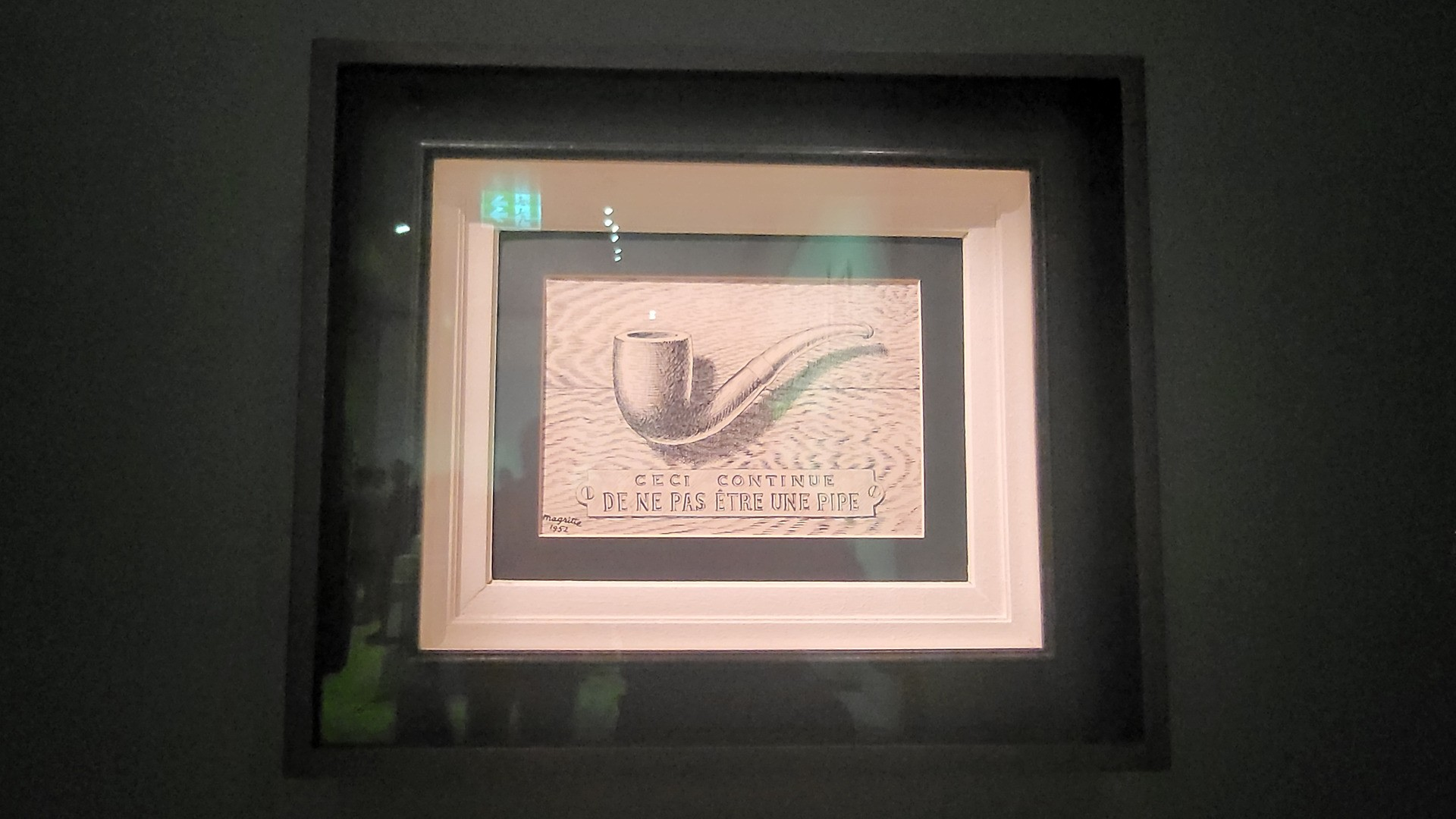
Magritte’s This is Not a Pipe series is one of his most curious and yet lingering sensations synonymous with Magritte himself. While its focal point is centered on the pipe, Magritte insists it is the opposite of what it depicts. This is Still Not a Pipe embodies Magritte’s insistence on the blurring lines between reality and perception. The painting is not a pipe. It is a painting of a pipe. The painting of a pipe is unable to be stuffed or smoked; it is only a simple representation of a pipe. Magritte’s pipe in brown paint reminds its viewers of the one message William Shakespeare attempted to convey in all his plays. The eye is a weapon that deceives their owners, do not believe them.
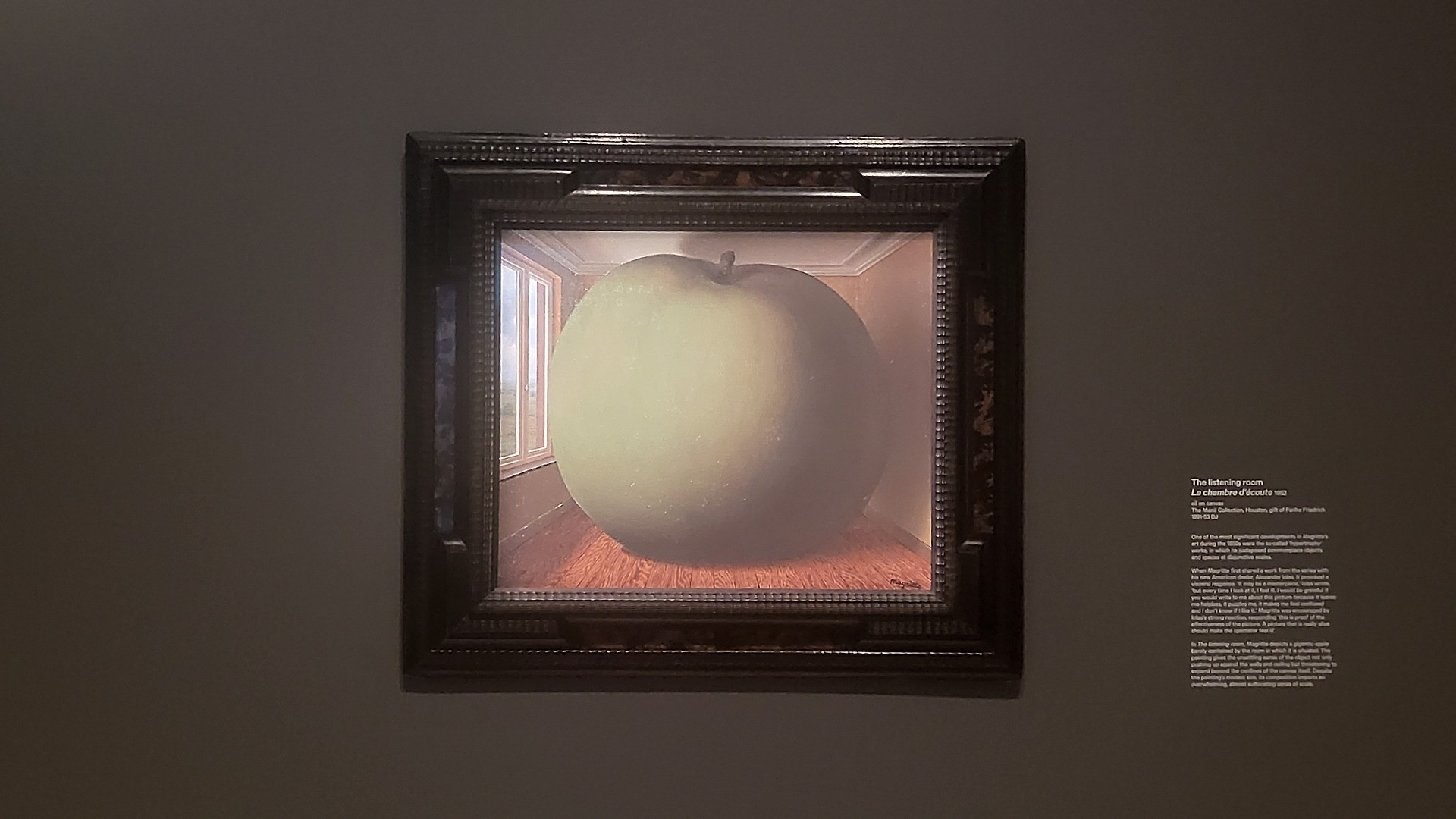
Another one of the most frequent and recognisable of Magritte’s motifs: the apple. The Listening Room depicts an inflated green apple trapped inside an empty, tiny room just barely containing it. The fruit looks almost solemnly out the window, its green glow rebounding onto itself, unable to reach the vast, free world it sees. The tiny room contrasts well with the oversized green apple, which almost plays with the viewer as the green apple is more uncommon than the red apple, imitating Alice from Alice in Wonderland when she eats a small cake largening her. Magritte drew inspiration from this short story, questioning the limits of overprotection and the boundaries of curiosity. While the apple acts as a focal point, the room overrides this focus by representing to us a confined space of contemplation.
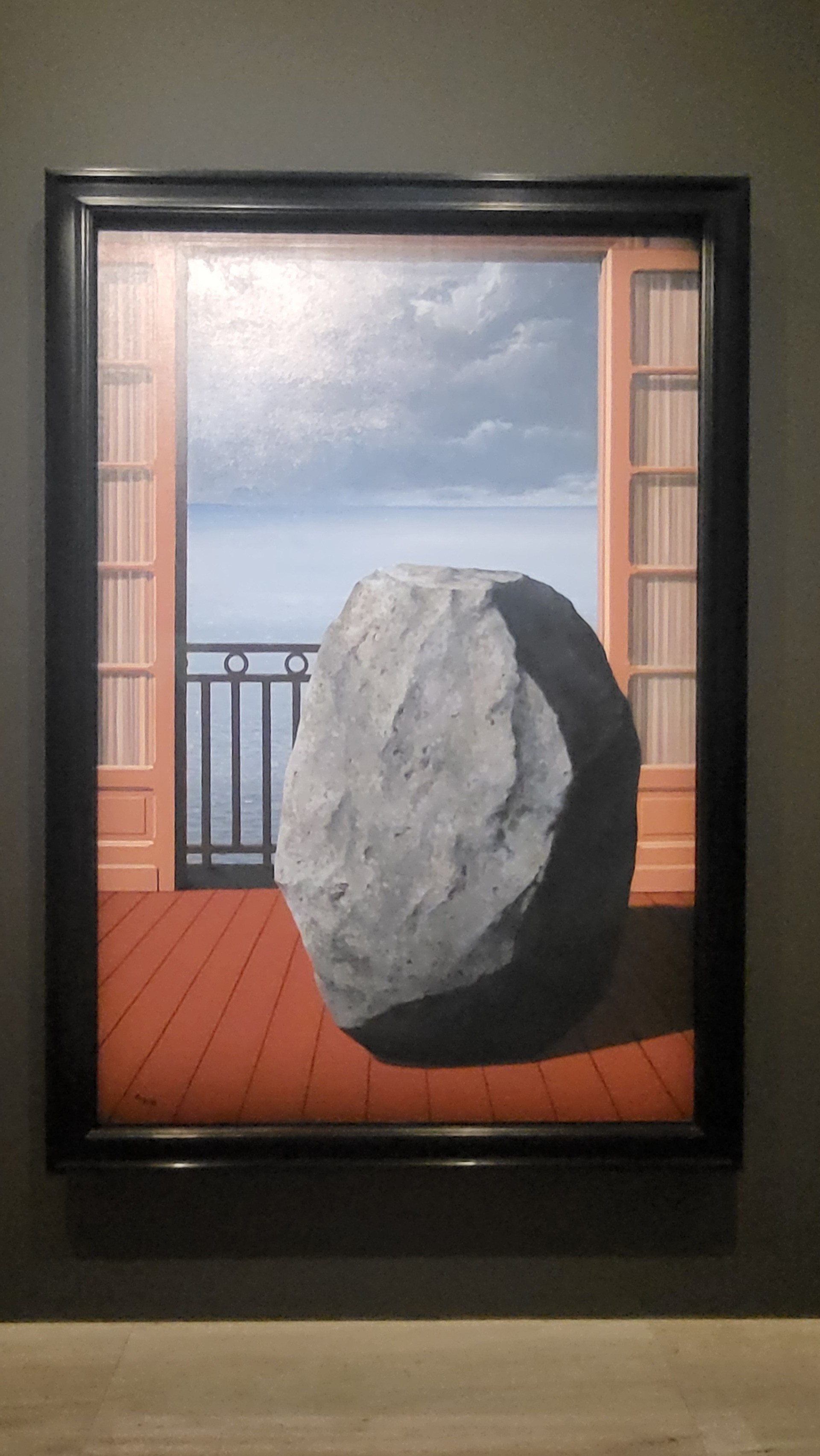
Almost the same meaning goes for Magritte’s The Invisible World, a portrait of a rock, another frequent symbol of Magritte, against a veranda, planked with smooth red planks: a calm atmosphere. Yet, the rock witnesses an incoming storm brewing, yet it is immobile with courage: a juxtaposition between the calm setting of the balcony and the storm. The rock’s heavy stature ensures itself that the storm will fail to touch or harm the rock. Its resilient structure and ability to endure age emphasises its undying, urging itself to keep calm, carry on. Isn’t this painting a vision of our surrealist dream?
Stepping away from Magritte’s enigma, I feel the weight of each brushstroke intertwine with the fleeting fragments of my memory. Each visit has revealed secret layers: a defiant pipe that exists as much in absence as in artwork. A solitary green apple inside a room restricted from going outside. A steadfast rock braving the stormy outside world. In these fleeting moments, the exhibition transforms into a dialogue between the seen and the unseen, where every encounter re-forges the contours of meaning in my mind. Art is an endless riddle, whispering that to truly see is to forever be reborn in its mystery. Once again, the fox’s motif from The Little Prince comes into play: “What is essential is invisible to the eye.”
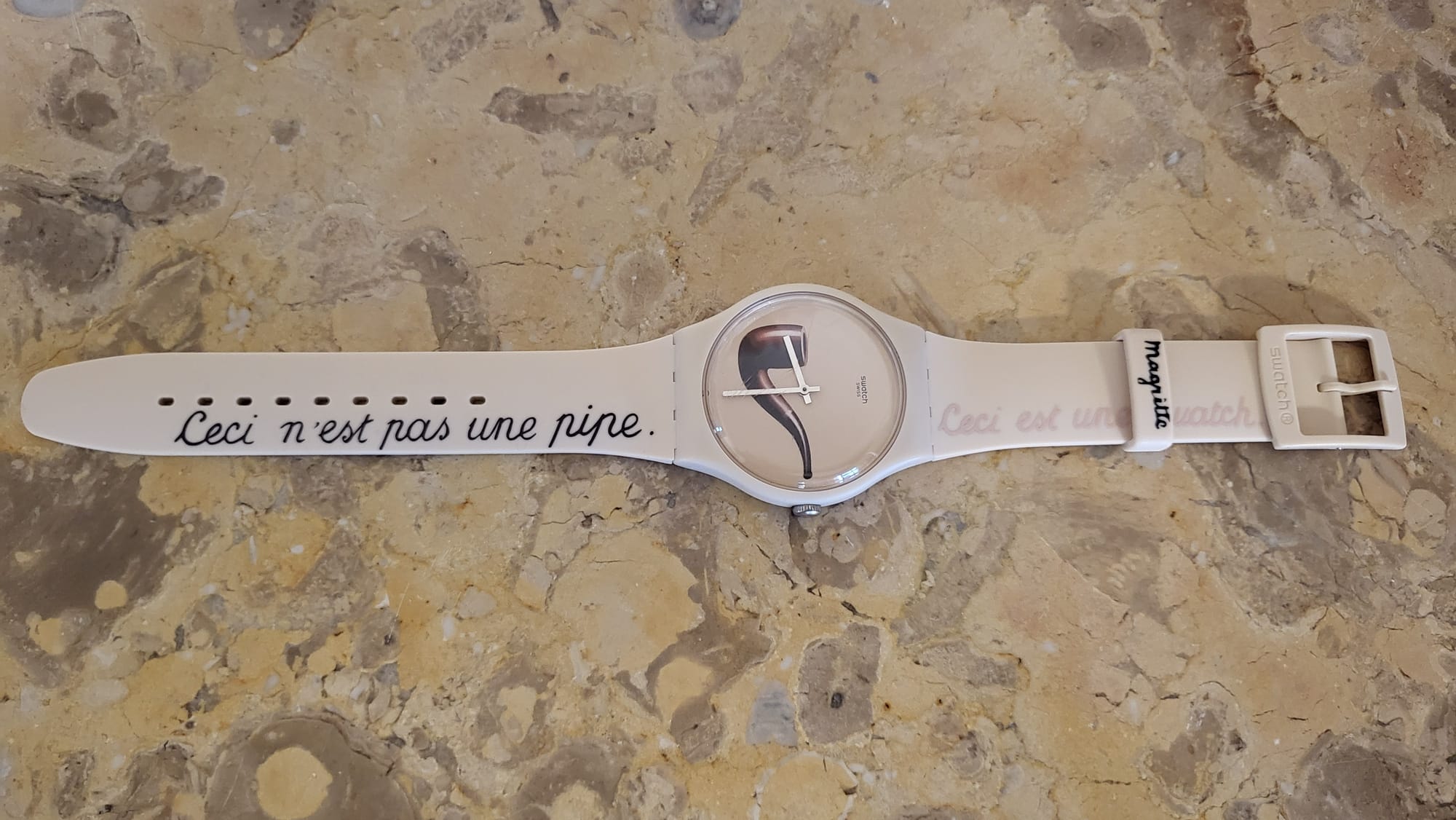
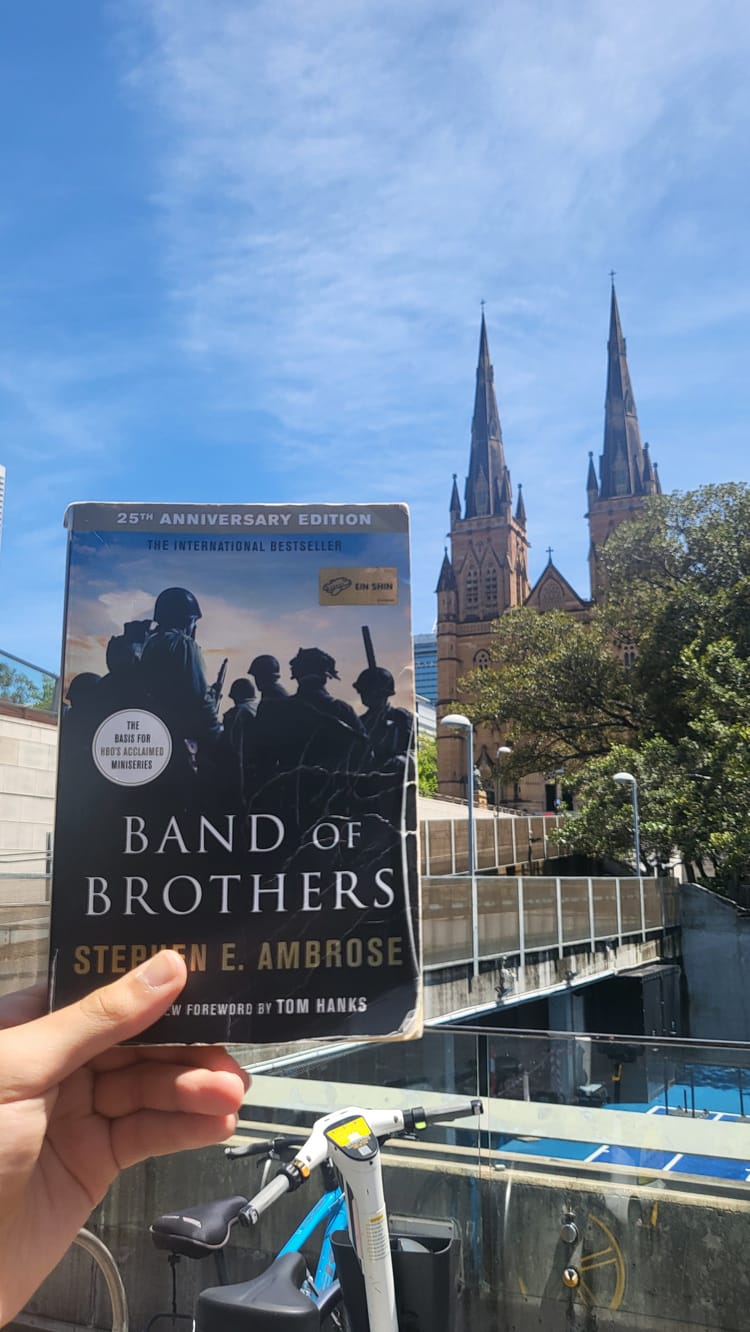
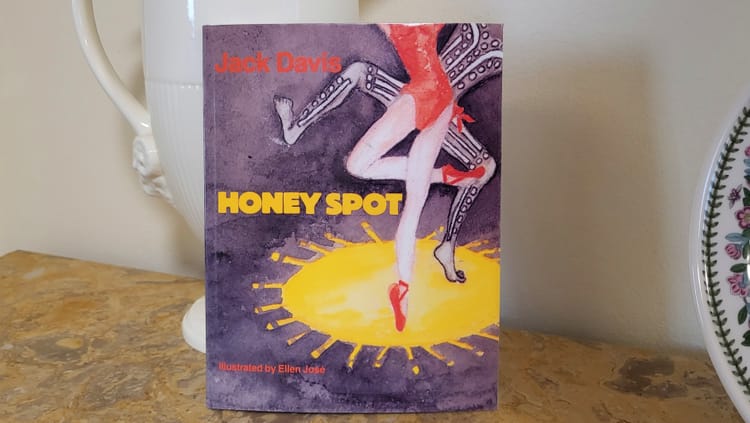
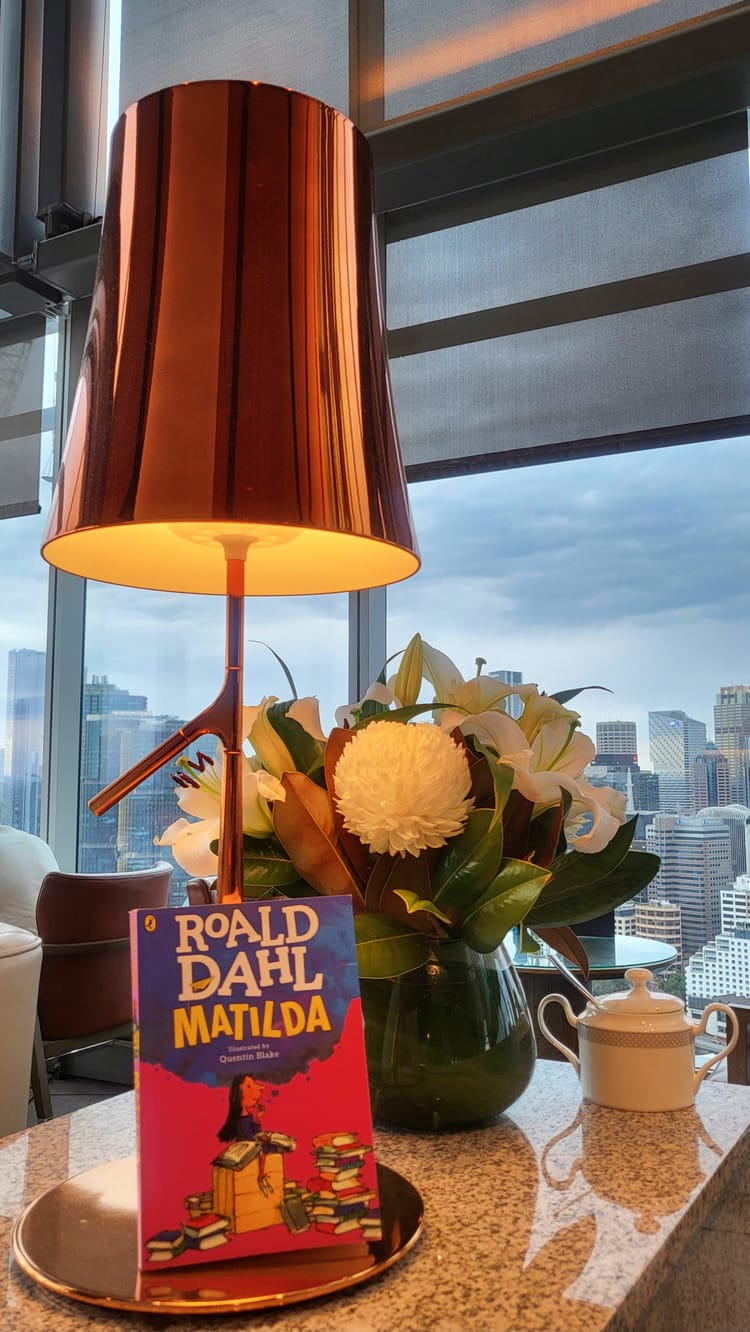
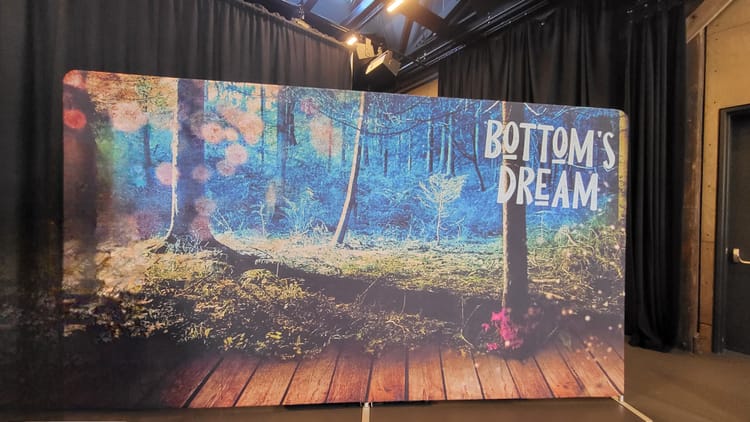

Member discussion